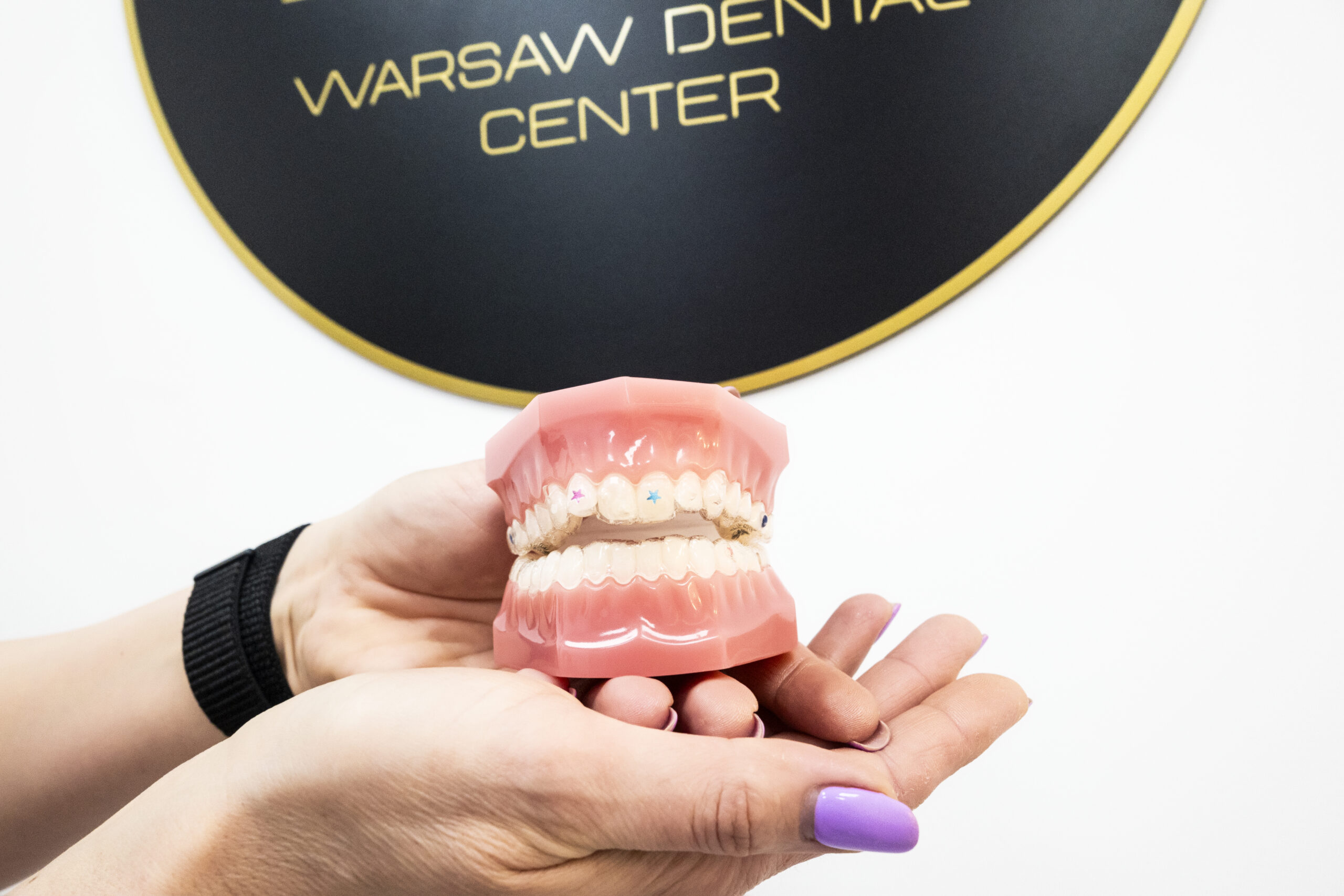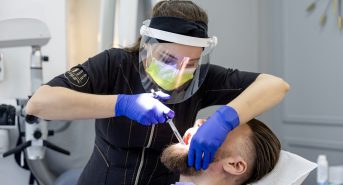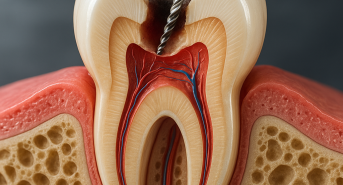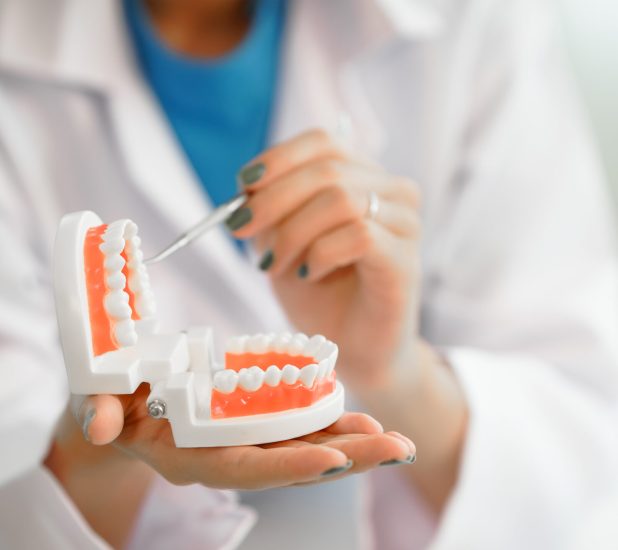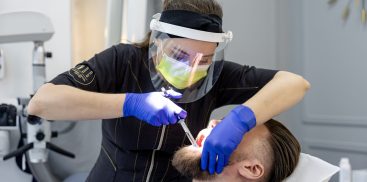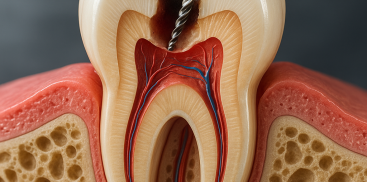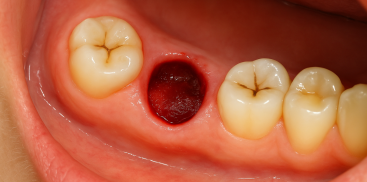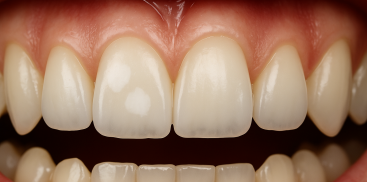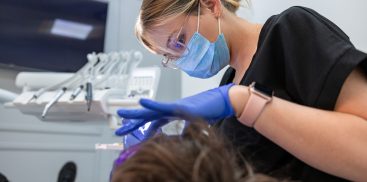Keeping Invisalign aligners clean is crucial for oral health and comfort. Acquiring knowledge about effective use of Invisalign cleaning crystals can radically change the approach to aligner care. These crystals effectively prevent plaque buildup, ensuring a bright smile throughout the treatment period.
Rinse the Aligners Before Cleaning
Before cleaning the aligners, it’s essential to rinse them. This is an important step that ensures more effective removal of dirt and bacteria. Rinse them under lukewarm water, avoiding extreme temperatures that could damage the plastic. Rinsing prepares the aligners for deeper cleaning, allowing the cleaning crystals to work more effectively. Skipping this step may reduce disinfection effectiveness, as visible contaminants can interfere with the cleaning process.
Prepare the Invisalign Cleaning Solution
To prepare an effective cleaning solution for Invisalign aligners, follow these steps:
- Fill a clean, small container with lukewarm water to a level that fully submerges the aligners.
- Sprinkle the Invisalign cleaning crystals into the water, following the instructions regarding the amount provided on the packaging.
- Gently stir the solution until the crystals are completely dissolved. Ensuring full dissolution of the crystals is crucial to prevent uneven cleaning or residue left on the aligners.
- Use the prepared solution to thoroughly clean the Invisalign aligners. It works deeply, removing hard-to-see bacteria and eliminating any residual odors.
Remember, besides maintaining cleanliness, proper preservation of the integrity and appearance of the Invisalign aligners is crucial. The special formula of the cleaning crystals is designed to be effective against bacteria while being safe for the plastic of the aligners, preserving their transparency and flawless appearance.
Completely Submerge the Aligners
Thoroughly immerse the aligners in the solution. Ensure they are fully covered with water. The aligners should remain in the solution for the recommended time, usually 15 to 30 minutes. This soaking time allows the cleaning crystal solution to penetrate any deposits and effectively eliminate bacteria. Full immersion ensures that every part of the aligners, including the smallest crevices and edges, is thoroughly cleaned, reducing the risk of bacteria accumulation in hard-to-reach areas.
After soaking, remove the aligners from the solution and rinse them thoroughly with lukewarm water to remove any remaining cleaning solution residue. This step is crucial to ensure that no traces of cleaning agents remain on the aligners before placing them back in the mouth. Proper rinsing after soaking contributes to maintaining a fresh, clean taste and overall oral health.
Soak for the Recommended Time
Submerging the aligners in the cleaning solution is just the beginning, but soaking them for the appropriate amount of time yields real results. Typically, it’s recommended to keep them in the solution for 15 to 30 minutes—shorter periods may not suffice for thorough cleaning, while longer ones are usually unnecessary. During this process, the cleaning crystals do their job, reaching every nook and cranny of the aligners, ensuring comprehensive cleaning. Although the wait may seem long, remember it’s a small investment of time for achieving a fresh and hygienic outcome.
The soaking phase also presents an excellent opportunity to brush and floss your natural teeth, optimizing daily oral care. While your aligners are soaking, taking care of your natural teeth is an ideal way to maximize waiting time. Once the aligners have spent the recommended time in the solution, your entire oral cavity will be ready for the freshness and cleanliness that only thoroughly cleaned aligners can provide.
Gently Stir if Necessary
If you notice residue on the aligners after soaking, don’t panic. A gentle shake or tap on the side of the container can remove any remaining residue. Light stirring may help the solution better perform its task without damaging the aligners. However, remember to be gentle—the aim is to facilitate the cleaning process, not to handle the aligners roughly.
Sometimes, aligners may require a gentle toothbrush with soft bristles—strictly for the aligners, not the one you use for teeth cleaning. This can help remove stubborn plaque or buildup. Be gentle in strokes and use a toothbrush designated for this task only. Harsh bristles or vigorous brushing may scratch the aligners, making them less transparent and more noticeable during wear.
